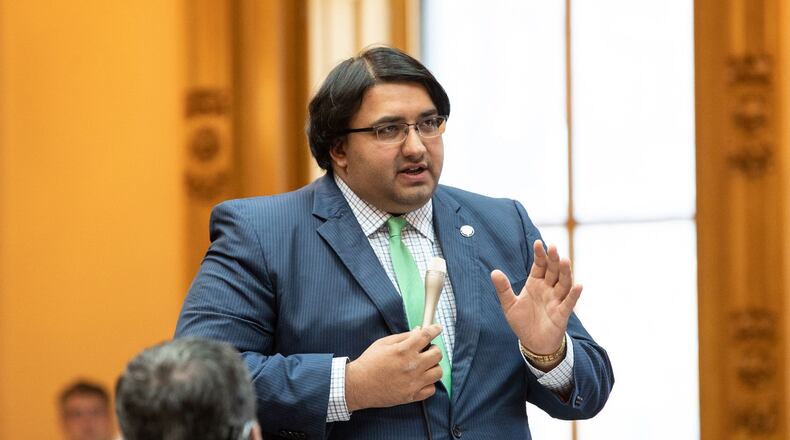“The 20% rate makes us the 6th highest out of the 38 states with sports betting. The lowest in the country are Iowa and Nevada, three times lower than our rate,” Antani wrote in support of his Senate Bill 190. “Our border states, Kentucky, Michigan Indiana and West Virginia, now all have significantly lower tax rates. This puts us at a significant regional and national disadvantage.”
The current rate of 20% was originally proposed by Ohio Gov. Mike DeWine and was approved by both the House and Senate in the 2024-2025 state operating budget. It’s expected to increase the state’s sports gaming tax receipts by $100 million to $135 million per year.
Ninety-eight percent of Ohio’s sports gaming tax revenue is directed toward education while the remaining two percent is directed toward the Problem Sports Gaming Fund to help Ohioans with betting addiction.
Antani believes the hike not only hurts sports bettors and the state, but also makes it difficult for some smaller-scale betting platforms to stay financially viable.
“10% was a reasonable tax rate that put us in the middle of the pack,” Antani wrote. “While I’d love for us to be at the 6.75% rate to tie lowest in the country, going back to 10% is reasonable.”
If passed, S.B. 190 would return the rate back to where it started when Antani’s sports betting legalization initiative first went into effect in early 2022.
For more stories like this, sign up for our Ohio Politics newsletter. It’s free, curated, and delivered straight to your inbox every Thursday evening.
Avery Kreemer can be reached at 614-981-1422, on X, via email, or you can drop him a comment/tip with the survey below.
About the Author

